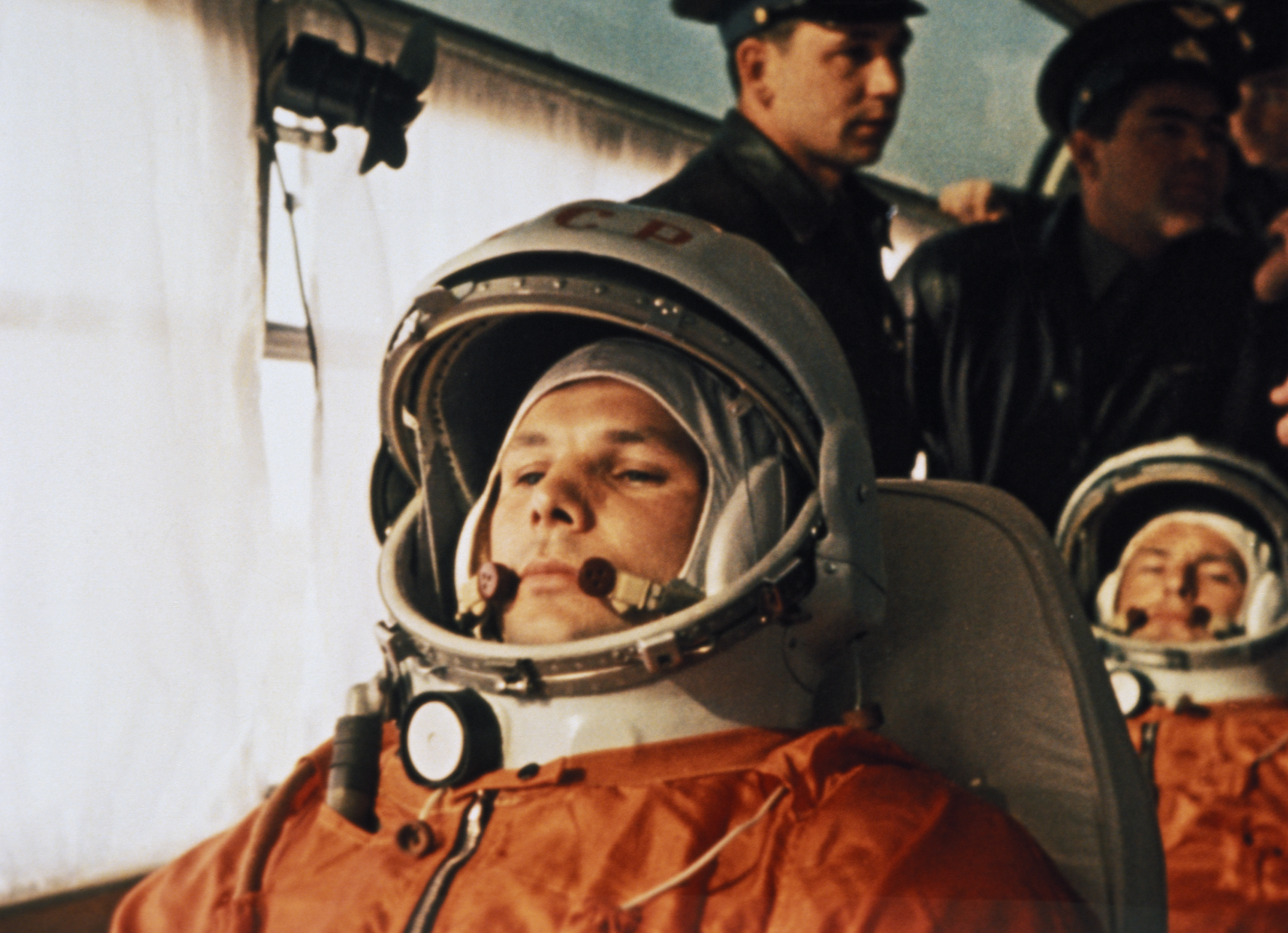TechCrunch Space: Happy eclipse day!


Hello and welcome to TechCrunch Space. Happy Eclipse Day to all those who celebrate it! I’m lucky enough to live in a part of the country that’s on the path to totality, so I’ll be away from my desk much of the day soaking it all in.
Would you like to give us some advice? Email Aria at aria.techcrunch@gmail.com or message me on Signal at 512-937-3988. You can also send a note to the entire TechCrunch team at tips@techcrunch.com. For more secure communicationsclick here to contact us, which includes SecureDrop instructions and links to encrypted messaging apps.
NASA has given three space companies the chance to design the next-generation moon buggy, but only one model will be sent into space. Intuitive Machines, Lunar Outpost and Venturi Astrolab are developing rugged vehicles for astronauts to travel on the lunar surface, which NASA could choose from as early as next year.
The three teams will now enter a 12-month “feasibility phase” which will conclude with a preliminary design review. At this point, there will be a subsequent competitive tender, in which the trio of companies will compete for an order of demonstration tasks. At this point, a final winner will be selected. The chosen company will be responsible not only for the design of the Lunar All-Terrain Vehicle (LTV), but also for its launch and landing on the Moon ahead of the Artemis V mission, which is currently planned no earlier than 2029.
Image credits: Intuitive machines
Images obtained by TechCrunch show the catastrophic end suffered by Astra’s Rocket 3.0 during pre-launch testing in March 2020.
The explosion, which occurred at the Pacific Spaceport Complex in Alaska, was reported at the time simply as an “anomaly,” an industry term for just about any problem that deviates from the expected outcome.

Image credits: TechCrunch
Blue Origin has announced the crew for the upcoming New Shepard launch – and 90-year-old Ed Dwight is among the names listed. I’m embarrassed to admit I didn’t recognize the name, but this story on GeekWire helped fill in the missing pieces of its history and its importance to the history of human spaceflight.
Russian cosmonaut Yuri Gagarin became the first man in space on April 12, 1961. From NASA: “His vehicle, Vostok 1, circled the Earth at a speed of 27,400 kilometers per hour and the flight lasted 108 minutes. Vostok’s re-entry was controlled by a computer. Unlike the first American human spaceflight programs, Gagarin did not land inside a capsule. Instead, he ejected from the spaceship and landed by parachute.

Gagarin on his way to the Vostok I launch site, April 12, 1961. Image credits: Sovfoto Group/Universal Images via Getty Images
techcrunch





